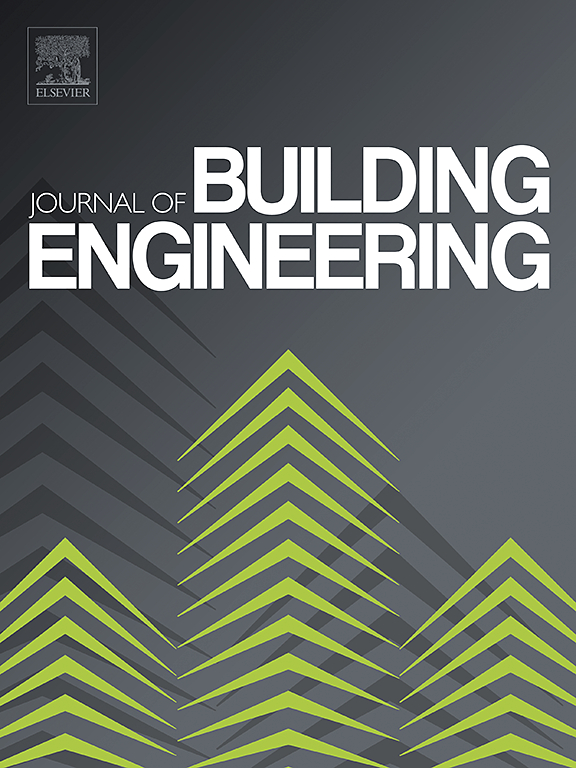使用增强的简化桑迪亚方法生成白昼模拟的典型天气数据集
IF 7.4
2区 工程技术
Q1 CONSTRUCTION & BUILDING TECHNOLOGY
引用次数: 0
摘要
现有的典型天气数据集的生成方法主要是为能源相关的应用而建立的,忽略了发光条件的准确表示。这种限制伴随着对统计汇总天气要素、粗时间分辨率和主观加权方案的依赖。在日光模拟相关研究的基础上,本研究旨在通过系统地研究四个关键因素对TWDs代表性的影响来解决这些差异:天气要素、典型时期、汇总方法和加权方案。目标是确定产生TWD的因素的最佳组合,TWD的天空亮度分布与给定位置的相应长期数据密切相关。本文介绍了一种改进的简化Sandia方法作为生成twd的替代方法,该方法通过改进的元素选择、精确的时间分辨率、稳健的统计参考和客观加权方案优先建立参考发光条件。选择了三个气候不同的地点,埃及开罗、英国伦敦和美国佛罗里达基韦斯特,利用关键因素的不同组合产生了36个twd。此外,还包括三个易于访问的TMYx文件,与所选位置相对应,以供进一步比较分析。系统评价表明,各因素的最优组合包括利用逐时气象资料、日时间分辨率、平均聚集法和元启发式优化加权方案。这些发现强调了先进的生成方法在气候敏感应用中提高twd准确性的潜力,从而有助于更可靠的采光分析和更明智的建筑性能模拟。本文章由计算机程序翻译,如有差异,请以英文原文为准。
Generation of typical weather datasets for daylight simulations using the enhanced simplified Sandia method
Existing generation methods of Typical Weather Datasets (TWDs) have mainly been established for energy-related applications, overlooking the accurate representation of luminous conditions. This limitation is accompanied by the reliance on statistically aggregated weather elements, coarse temporal resolutions and subjective weighting schemes. Building upon related studies in the context of daylight simulations, this work aims at addressing these discrepancies by systematically investigating the influence of four critical factors on the representativeness of TWDs: weather elements, typical periods, aggregation methods and weighting schemes. The objective is to determine the optimal combination of factors that yields a TWD, whose sky luminance distribution closely aligns with the corresponding long-term data for a given location. The enhanced simplified Sandia method is introduced as an alternative procedure to generate TWDs, prioritizing the establishment of reference luminous conditions through improved element selection, refined temporal resolutions, robust statistical references and objective weighting schemes. Three climatically diverse locations, Cairo (Egypt), London (UK) and Key West, Florida (US), were selected, from which 36 TWDs were generated using different combinations of key factors. Besides, three readily accessible TMYx files, corresponding to the selected locations, were included for further comparative analysis. The systematic evaluation revealed that the optimal combination of factors includes the use of hourly weather data, daily temporal resolution, average aggregation method and metaheuristically optimized weighting scheme. These findings underscore the potential of advanced generation methods to enhance the accuracy of TWDs in climate-sensitive applications, thereby contributing to more reliable daylighting analyses and better-informed building performance simulations.
求助全文
通过发布文献求助,成功后即可免费获取论文全文。
去求助
来源期刊

Journal of building engineering
Engineering-Civil and Structural Engineering
CiteScore
10.00
自引率
12.50%
发文量
1901
审稿时长
35 days
期刊介绍:
The Journal of Building Engineering is an interdisciplinary journal that covers all aspects of science and technology concerned with the whole life cycle of the built environment; from the design phase through to construction, operation, performance, maintenance and its deterioration.
 求助内容:
求助内容: 应助结果提醒方式:
应助结果提醒方式:


